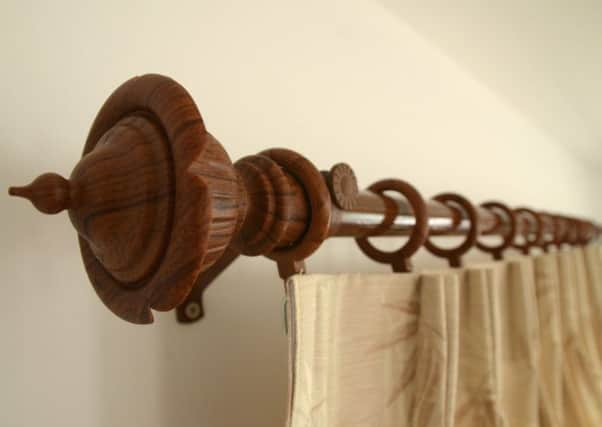Tips on draught-proofing your home


Weatherstripping, typically self-adhesive foam tape, helps to fill the gap between the frame and the moving part of the window.
The same tape can be used on exterior doors. Bear in mind though, original sash windows are notoriously draughty, and you may prefer to get a pro to draught-proof and refurbish them more thoroughly.
Advertisement
Hide AdAdvertisement
Hide AdMinimise draughts at the bottom of an exterior door with a brush-style strip - simply cut it to fit and screw it in place, but don’t fit it too low or it will drag on the floor. Exterior doors should also be fitted with keyhole and letterbox covers to stop cold air coming in.
For extra insulation at this time of year, fit a curtain pole above an exterior door and hang a heavy curtain across it, especially if the door is partially or fully glazed.
Interior doors should be draught-proofed if they lead to a room that isn’t heated. Keep the door closed so the cold air stays in the unheated room, and block any gap at the bottom of the door with a fabric ‘sausage’ draught excluder.
Chimneys can be a source of draughts, so if you have an unused fireplace, get the chimney capped on the roof (by a roofer) and fit a chimney balloon, which inflates inside the chimney to keep warm air in the room and block cold air coming down the chimney - just make sure you remove the balloon before using the fireplace.